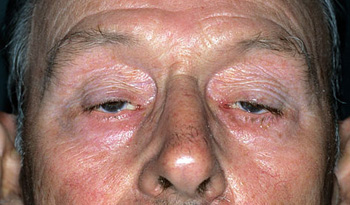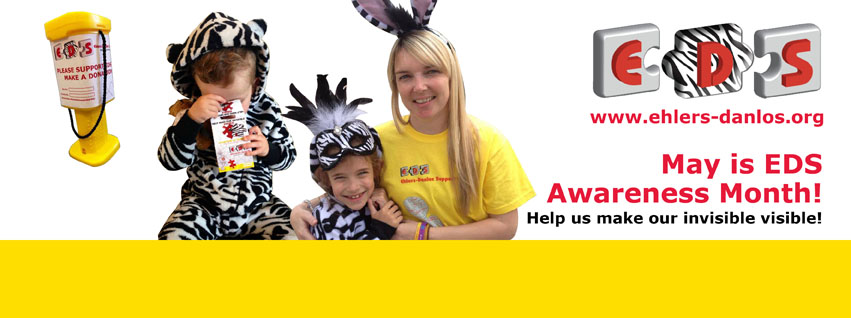Myasthenia gravis is a rare long-term condition that causes muscle weakness that comes and goes.
It most commonly affects the muscles that control the eyes and eyelids, facial expressions, chewing, swallowing and speaking. But it can affect most parts of the body.
It can affect people of any age, typically starting in women under 40 and men over 60.
Symptoms of myasthenia gravis
Common symptoms of myasthenia gravis include:
difficulty making facial expressions
problems with chewing and difficulty swallowing
weak arms, legs or neck
shortness of breath and occasionally serious breathing difficulties
The symptoms tend to get worse when you’re tired. Many people find they are worse towards the end of the day, and better the next morning after getting some sleep.
Read more about the symptoms of myasthenia gravis.
When to see your GP
See your GP if you have long-lasting or worrying symptoms that could be caused by myasthenia gravis.
They will ask about your symptoms and medical history.
If your GP thinks you could have a condition like myasthenia gravis, they may refer you to a specialist for tests to help diagnose the condition or look for other possible causes of your symptoms.
These tests may include a blood test, a test of how well your nerves are working and some scans.
Read more about tests for myasthenia gravis.
Treatments for myasthenia gravis
Several treatments are available to help keep the symptoms of myasthenia gravis under control.
These include:
avoiding anything that triggers the symptoms – some people find that things such as tiredness and stress make their symptoms worse
medication to help improve muscle weakness
surgery to remove the thymus gland (a small gland in the chest linked to myasthenia gravis) – read about the causes of myasthenia gravis for more information
If the symptoms get suddenly worse – for example, you develop severe breathing or swallowing difficulties – you may need urgent treatment in hospital.
Read more about how myasthenia gravis is treated.
Outlook for myasthenia gravis
Myasthenia gravis is a long-term condition that typically has phases when it improves and phases when it gets worse.
It usually affects most of the body, spreading from the eyes and face to other areas over weeks, months or years. But in around one in five people, only the eye muscles are affected.
Treatment can usually help keep the symptoms under control so that people who have myasthenia gravis are able to live largely normal, symptom-free lives. Very occasionally it can get better on its own.
The condition can be life-threatening in severe cases, but it doesn’t have a significant impact on life expectancy for most people. In many cases, the symptoms are at their worst in the first two or three years after diagnosis.
Cause of myasthenia gravis
Myasthenia gravis is caused by a problem with the signals sent between the nerves and the muscles.
It’s an autoimmune condition, which means it’s the result of the immune system (the body’s natural defence against illness and infection) mistakenly attacking a healthy part of the body.
In myasthenia gravis, the immune system damages the communication system between the nerves and muscles, making the muscles weak and easily tired.
It’s not clear why this happens, but it has been linked to issues with the thymus gland (a gland in the chest that’s part of the immune system).
In many people with myasthenia gravis, the thymus gland is larger than normal, and in around 1 in 10 people there is abnormal growth of the thymus called a thymoma.




